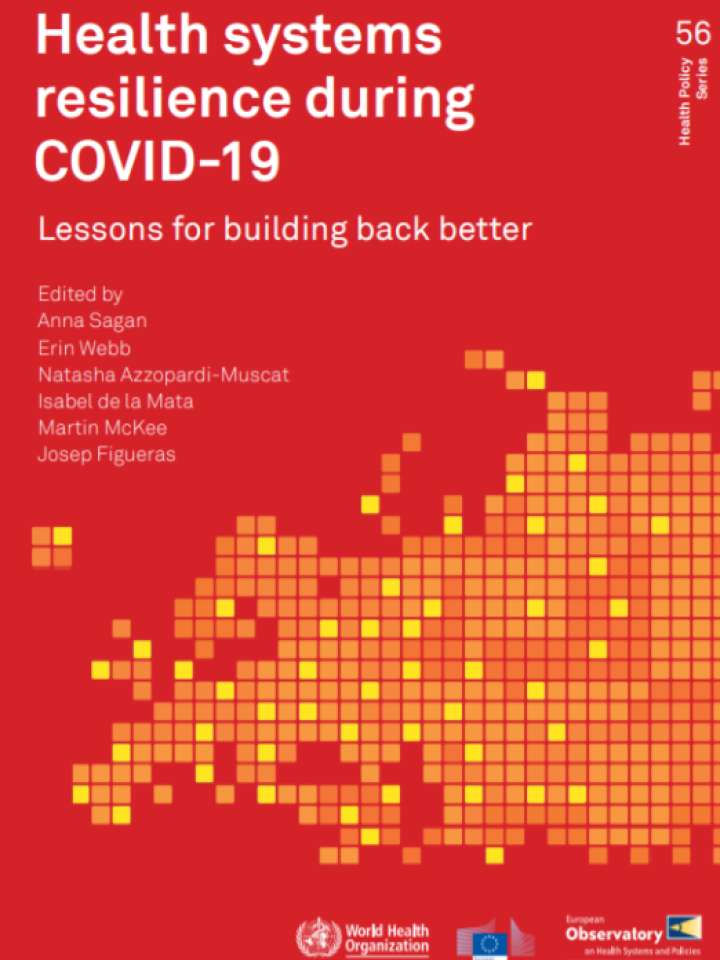Health systems resilience during COVID-19: Lessons for building back better
This study identifies 20 key strategies, grouped according to the health systems functions, that have been found as enhancing health systems resilience in the face of COVID-19. This study is targeted at policy-makers and has two aims. First, it provides national policy-makers with evidence from other countries to assess their own responses to COVID-19 and incorporate adjustments that are appropriate for their national contexts. To this end the study offers examples of assessment areas for each of the identified strategies that can be used as the first step in national assessments of health systems resilience. Second, the findings and lessons contained in the study enable us to draw experience from the COVID-19 pandemic to begin “building back better” to improve the response to future health systems shocks and hopefully even pre-empt them. This supports the transition from managing the crisis to achieving more resilient health systems and societies.
This study finds that there is a need to invest more in health systems and moreover for that investment to be appropriate. This implies putting funding into neglected areas and managing that funding efficiently. Areas that are critical to building back better and which require well managed investment include surveillance and monitoring, primary health care, public health, equipping health workers with skills, initiatives promoting better ways of working, remote health tools, and new care pathways. There is also a pressing need to invest in governance and the complex mix of capacities required to make health systems resilient in crisis and in normal times. Again, investments need to be appropriate and to work across three levels of governance: within health systems; with society more widely; and lastly, in terms of the international community.
Explore further
